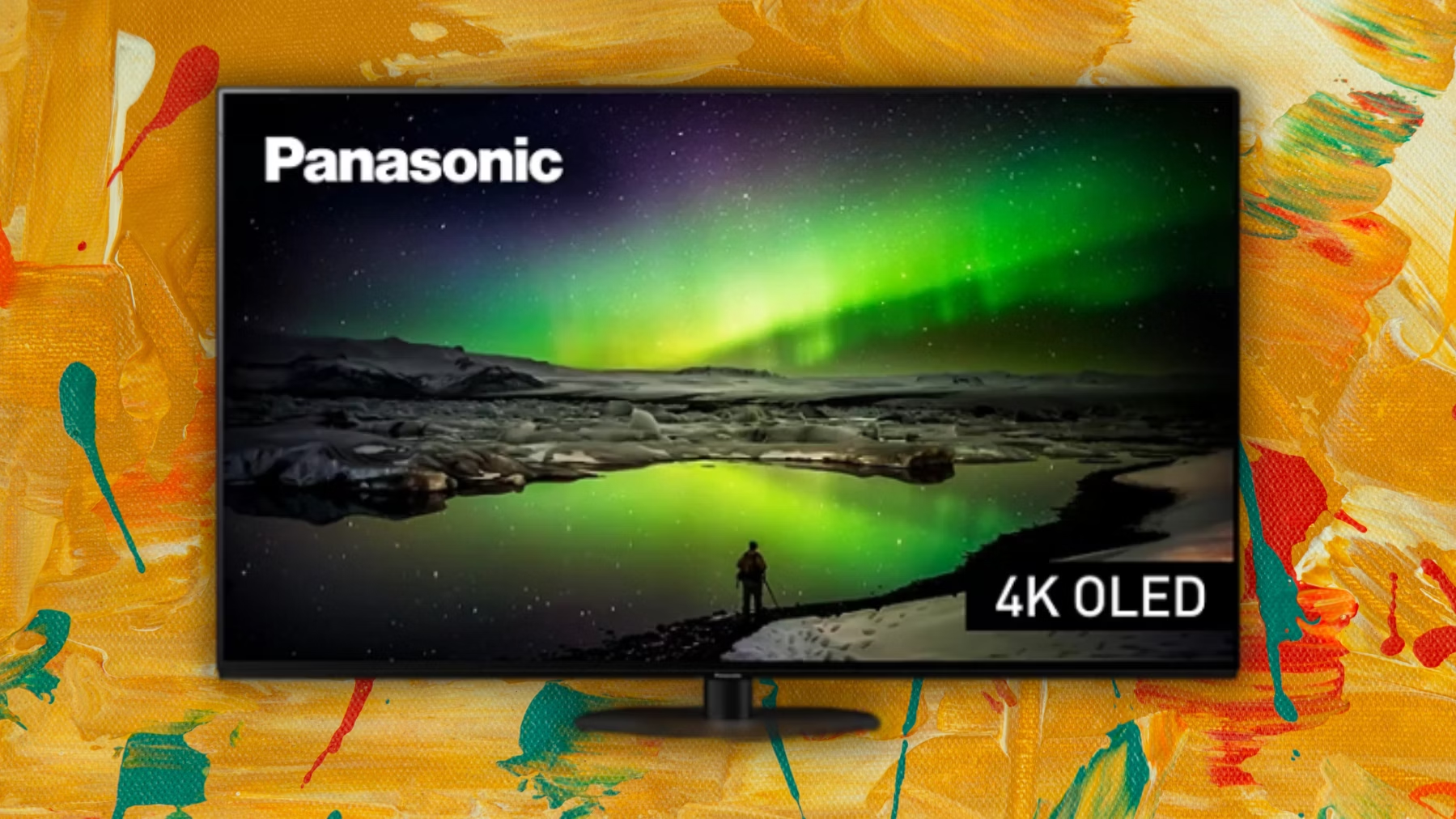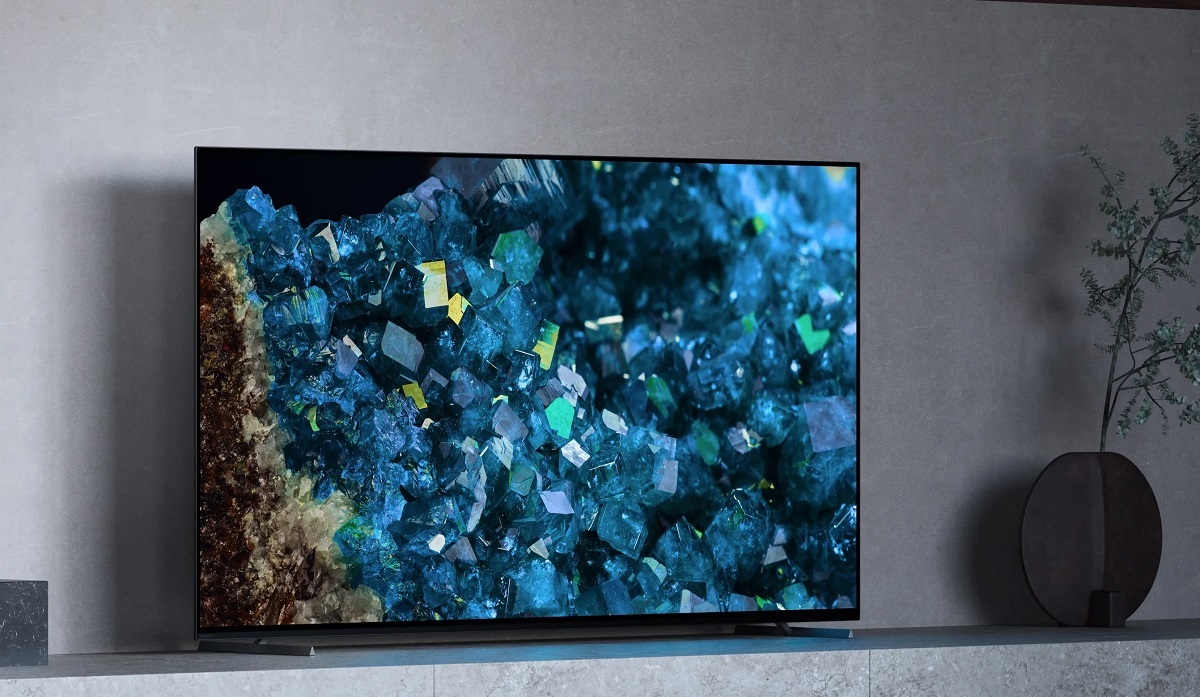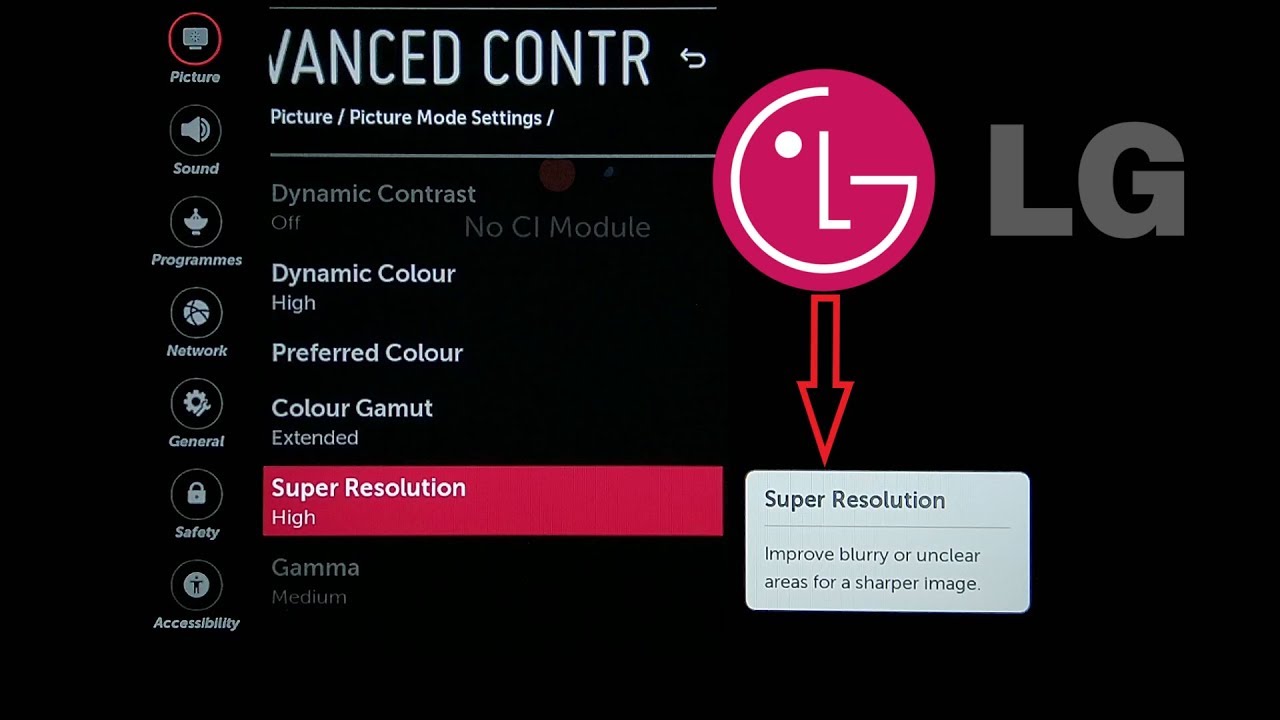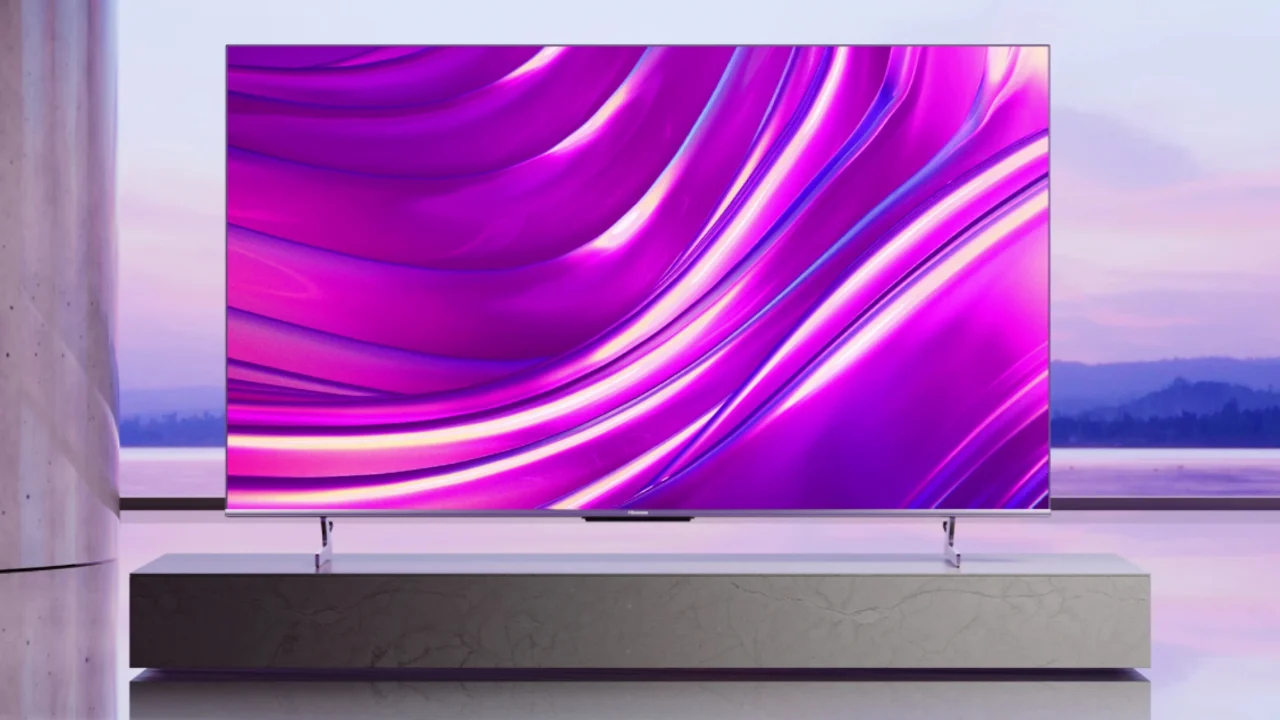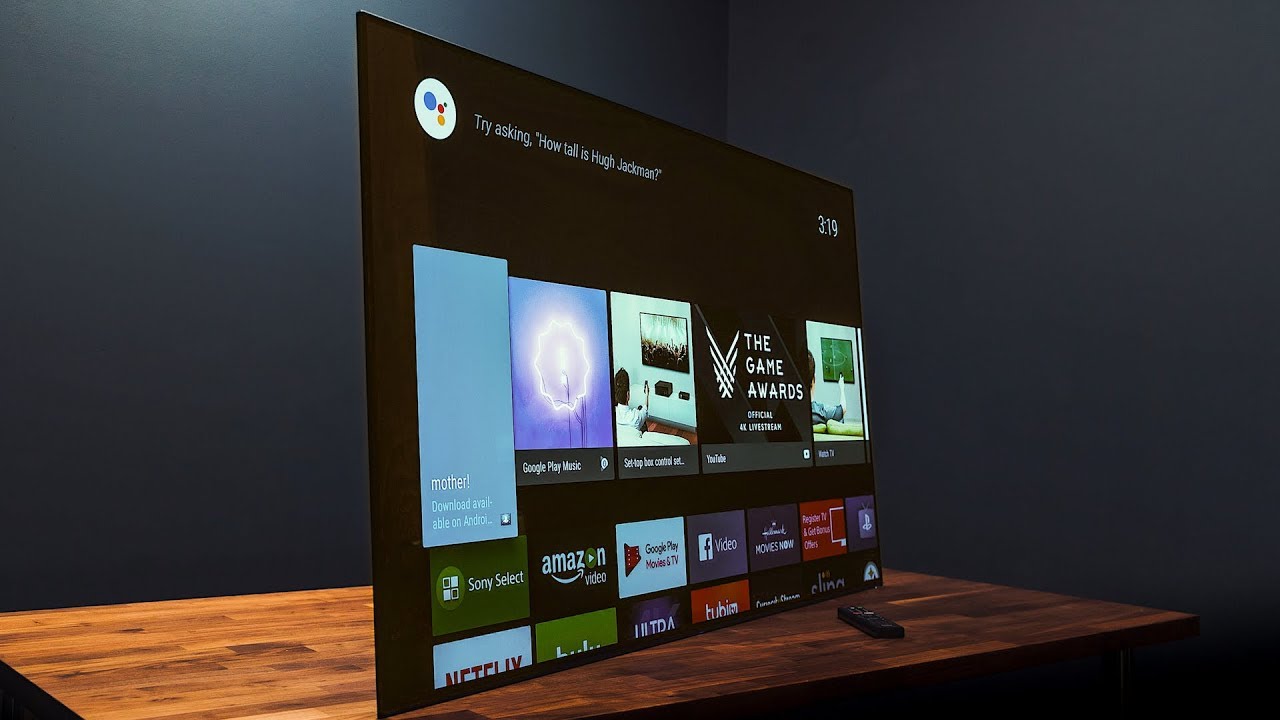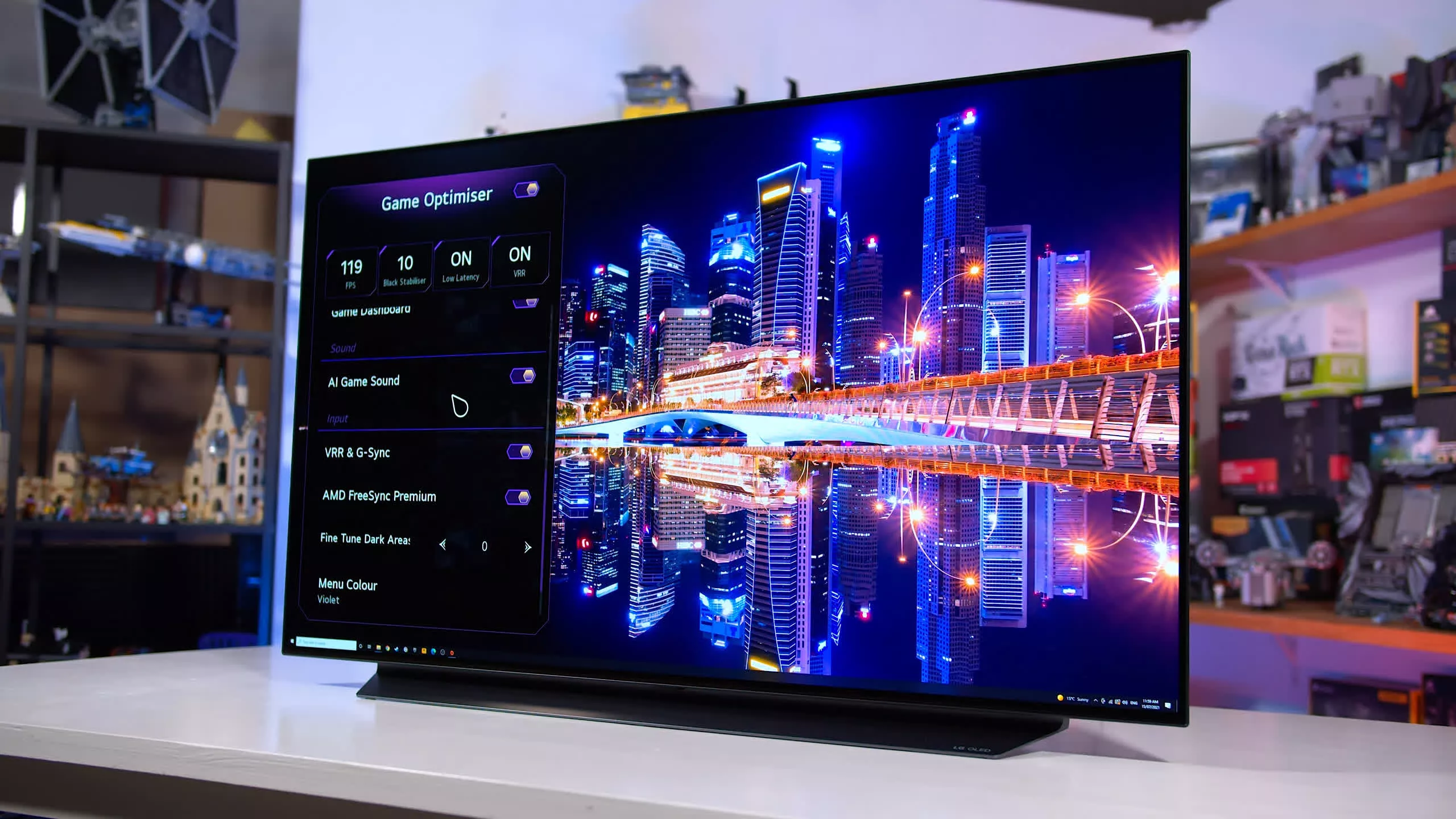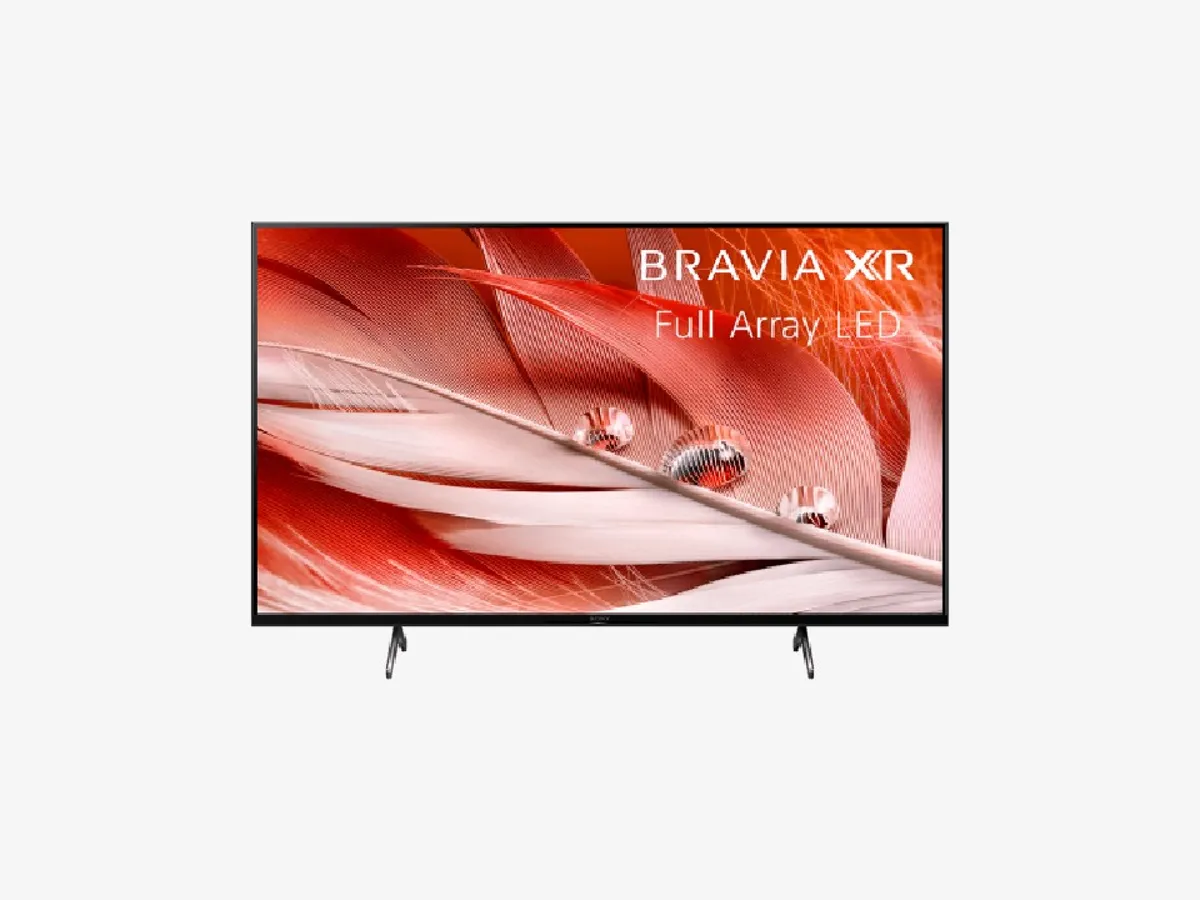Introduction
Welcome to the world of cutting-edge television technology! Over the past few years, there have been significant advancements in TV technology, and two terms that have become quite popular are “4K” and “OLED”. With these technologies, watching television has reached a whole new level of visual excellence. But what exactly are 4K and OLED TVs, and what sets them apart from traditional models?
4K, also known as Ultra HD, refers to a resolution of around 3840×2160 pixels. It offers four times the number of pixels compared to standard HD, resulting in an incredibly sharp and detailed image. On the other hand, OLED, which stands for Organic Light Emitting Diode, is a display technology that utilizes organic compounds to generate light and color. This technology enables each pixel to emit its own light, allowing for deeper blacks, vibrant colors, and improved contrast.
In this article, we will delve deeper into the world of 4K and OLED TVs, exploring their benefits, differences, and how to choose the right TV for you. Whether you are a movie enthusiast, a gaming aficionado, or simply looking to upgrade your viewing experience, understanding the capabilities and features of these technologies is essential.
What is 4K TV?
4K TV, also known as Ultra HD TV, is a television technology that offers an incredibly detailed and lifelike viewing experience. The term “4K” refers to the resolution of the display, which is approximately 3840×2160 pixels. This means that 4K TV displays four times the number of pixels compared to standard high-definition (HD) TVs.
The higher pixel count of 4K TVs results in a much sharper and more detailed image. The increased pixel density allows for finer details to be displayed, making everything on the screen appear more realistic and accurate. Whether you are watching your favorite movies, sports events, or playing video games, the enhanced clarity and detail of 4K TV make the viewing experience truly immersive.
It is worth noting that in order to fully appreciate the benefits of a 4K TV, you need to have access to 4K content. Fortunately, there is an increasing amount of 4K content available, including streaming services, Blu-ray discs, and even some TV channels. Many streaming platforms like Netflix and Amazon Prime Video offer a wide range of 4K content, allowing you to enjoy movies and TV shows in stunning detail.
In addition to the higher resolution, 4K TVs often come with advanced features such as High Dynamic Range (HDR) and wide color gamut, which further enhance the visual experience. HDR allows for a greater range of brightness and contrasts, resulting in more vibrant colors and improved details in both the brightest and darkest parts of the image. The wide color gamut expands the range of colors that can be displayed, reproducing more lifelike and accurate colors.
With 4K TVs becoming increasingly affordable and widespread, they are becoming the standard in the industry. As more content is being produced in 4K, investing in a 4K TV ensures that you are future-proofing your entertainment setup and enjoying the best possible viewing experience available.
Benefits of 4K TV
Investing in a 4K TV comes with a variety of benefits that can greatly enhance your entertainment experience. Here are some of the key advantages of owning a 4K TV:
- Improved Detail and Clarity: The higher resolution of 4K TVs means that you can see finer details in the image. Whether you’re watching movies, playing games, or even just browsing photos, you’ll notice a significant improvement in the level of detail and clarity.
- Enhanced Visual Experience: With four times the pixels of standard HD TVs, 4K TVs offer a more immersive and visually stunning experience. The increased pixel density brings images to life, making them appear more vibrant, lifelike, and realistic.
- Greater Screen Real Estate: Due to the higher pixel count, 4K TVs can accommodate larger screens without sacrificing image quality. This means you can enjoy a cinematic experience from the comfort of your own home, with a bigger screen that fills your field of view.
- Future-Proofing: As more and more content is being produced in 4K resolution, owning a 4K TV ensures that you can take full advantage of the latest releases. By investing in a 4K TV now, you are future-proofing your entertainment setup and staying ahead of the curve.
- High Dynamic Range (HDR): Many 4K TVs come with HDR technology, which improves the contrast and color range of the image. HDR allows for greater detail in both bright and dark areas, resulting in a more dynamic and visually captivating picture.
- Wide Color Gamut: 4K TVs often support a wider color gamut, reproducing a broader range of colors that are more vibrant and lifelike. This gives you a more accurate and vivid representation of the original content, making your viewing experience more enjoyable.
- Upscaling Technology: Even if you don’t have access to native 4K content, many 4K TVs come with advanced upscaling technology. This technology can enhance the quality of lower-resolution content, making it appear sharper and more detailed on your 4K screen.
With these advantages, it’s clear that 4K TVs offer a significant upgrade over traditional HD TVs. Whether you’re a movie enthusiast, a gamer, or simply enjoy watching your favorite TV shows, a 4K TV can greatly enhance your viewing experience and transport you into a world of stunning visual quality.
What is OLED TV?
OLED TV stands for Organic Light Emitting Diode television. It is a display technology that offers several unique features and benefits. Unlike traditional LED TVs, which use a backlighting system, OLED TVs utilize a layer of organic compounds that emit light when an electric current is applied.
One of the key advantages of OLED technology is that each individual pixel can emit its own light, allowing for precise control over brightness and contrast. This results in deeper blacks, as pixels can be completely turned off when displaying black content, leading to superior contrast ratios compared to other display technologies.
The ability of OLED TVs to switch pixels on and off individually also leads to enhanced color accuracy and vibrancy. Since each pixel generates its own light, the range of colors that can be produced is wider and more accurate, resulting in stunning and lifelike visuals.
Another notable feature of OLED TVs is their ultra-thin and flexible design. Since the pixels themselves emit light, there is no need for a bulky backlighting system, allowing for incredibly thin and lightweight screens. This design flexibility gives manufacturers the freedom to create innovative and stylish TV designs that can complement any living space.
OLED TVs offer wide viewing angles, ensuring that the image quality remains consistent from virtually any vantage point. Unlike some other display technologies where colors and contrast may degrade when viewed from an angle, OLED TVs maintain their picture quality and uniformity, making them ideal for larger viewing areas or group settings.
In terms of response time, OLED TVs have virtually no motion blur due to their ability to switch pixels on and off almost instantaneously. This makes them a great choice for fast-paced content, such as sports and action movies, where smooth and fluid motion is crucial.
It’s important to note that OLED TVs can be found at various price points, and while they may initially come with a higher price tag compared to traditional LED TVs, the benefits they offer in terms of picture quality and design make them a worthwhile investment for those seeking an exceptional viewing experience.
Benefits of OLED TV
OLED TVs offer a range of benefits that set them apart from other display technologies. Here are some of the key advantages of owning an OLED TV:
- Perfect Black Levels: One of the standout features of OLED TVs is their ability to achieve true black levels. Since each pixel can be turned off individually, OLED TVs can deliver absolute black, resulting in incredible contrast ratios. This makes dark scenes appear richer and more detailed, enhancing the overall viewing experience.
- Enhanced Color Accuracy: OLED technology produces vibrant and accurate colors, thanks to the capability of each pixel to emit its own light. The wide color gamut and precise color reproduction of OLED displays ensure that the images on the screen look true-to-life and visually appealing.
- Wide Viewing Angles: OLED panels offer exceptional viewing angles, meaning that the picture quality remains consistent even when viewed from the side. This makes OLED TVs perfect for group viewing or larger living room setups, as everyone can enjoy the same vivid and consistent image quality.
- Ultra-Thin Design: The lack of a backlighting system in OLED TVs allows for an incredibly thin and sleek design. This means that OLED TVs can be easily mounted on the wall or integrated seamlessly into any room decor. The slim profile adds a touch of elegance to the viewing area.
- Excellent Motion Handling: With their fast response times, OLED TVs excel in handling fast-moving content, such as action movies and sports events. The ability to switch pixels on and off quickly reduces motion blur, resulting in smooth and fluid motion that enhances the overall viewing experience.
- Energy Efficiency: OLED technology is inherently energy-efficient as each pixel operates independently, only consuming power when needed. This can lead to energy savings over time compared to other display technologies.
- Flexibility in Screen Sizes: OLED panels can be manufactured in various sizes, allowing for a wide range of screen options. Whether you prefer a smaller TV for your bedroom or a larger home theater setup, OLED TVs can accommodate your preferences and space requirements.
Overall, OLED TVs offer a combination of stunning picture quality, sleek design, wide viewing angles, and excellent motion handling. While they may be priced at a premium compared to other display technologies, OLED TVs provide an unparalleled visual experience that is worth the investment for those seeking the highest level of image fidelity and design aesthetics in their home entertainment setup.
4K vs OLED: Which is Better?
When it comes to choosing between 4K and OLED TVs, it’s important to consider your specific needs and preferences. Both technologies offer significant advantages, but they excel in different areas. Let’s compare the two to help you make an informed decision:
Resolution: In terms of resolution, 4K TVs have the edge. With a higher pixel count, 4K TVs deliver sharper and more detailed images compared to traditional HD displays. On the other hand, OLED TVs may have a slightly lower resolution, but their pixel-level lighting creates stunning contrast and color accuracy.
Picture Quality: OLED TVs have the advantage when it comes to picture quality. The ability to individually control each pixel allows for perfect black levels, vibrant colors, and superior contrast. This results in images that are more lifelike and visually appealing. However, 4K TVs, especially those with HDR support, can still deliver impressive picture quality with their high resolution and enhanced color capabilities.
Viewing Angles: OLED TVs have a clear advantage in terms of wider viewing angles. The OLED technology ensures that the image quality remains consistent, even when viewed from the side. This is particularly beneficial for larger rooms or when multiple viewers are watching the screen from various angles. 4K TVs may suffer from reduced image quality when viewed off-center.
Price: 4K TVs tend to be more affordable compared to OLED TVs, especially in larger screen sizes. OLED TVs are considered a premium technology, commanding a higher price point due to their superior picture quality and design. However, prices for both 4K and OLED TVs have been decreasing over time, making them more accessible to a wider range of consumers.
Design: OLED TVs have a definite advantage in terms of design aesthetics. The absence of a backlighting system allows for incredibly thin and flexible screens, resulting in sleek and modern designs. This makes OLED TVs a perfect choice for those who value the visual appeal of their home entertainment setup. While 4K TVs also come in slim designs, they may not match the level of thinness and flexibility offered by OLED.
In summary, the choice between 4K and OLED depends on your priorities. If you prioritize resolution and affordability, a 4K TV may be the better choice. If you value superior picture quality, wide viewing angles, and sleek design, an OLED TV is likely to be the right option. Both technologies provide impressive advancements in television viewing, so consider your specific needs and budget before making a decision.
How to Choose the Right 4K or OLED TV
Choosing the right TV can be an overwhelming task, especially with the abundance of options available in the market. Here are some key factors to consider when selecting between a 4K TV or an OLED TV:
- Budget: Determine your budget and identify how much you are willing to spend on a new TV. Keep in mind that OLED TVs tend to be more expensive compared to 4K TVs. Consider the features that are most important to you and allocate your budget accordingly.
- Screen Size: Consider the size of the room where the TV will be placed. Measure the distance between the TV and the viewing area, and use this information to determine the ideal screen size. Both 4K and OLED TVs are available in various screen sizes, so choose one that suits the space you have.
- Picture Quality: Assess your preferences when it comes to picture quality. If you prioritize deep blacks, vibrant colors, and excellent contrast, OLED TVs are the obvious choice. However, if you are content with high-resolution visuals and good color reproduction, a 4K TV can provide an impressive viewing experience.
- Viewing Angles: Consider the seating arrangement in your room and the number of viewers. If you frequently have people watching the TV from different angles or have a large seating area, OLED TVs offer wider viewing angles, ensuring that everyone gets a good view of the screen.
- Content Availability: Research the availability of 4K or OLED content that you are interested in. While 4K content is becoming more common, especially with streaming services like Netflix and Amazon Prime Video, ensure that there is enough content available that you can enjoy on your chosen TV.
- Gaming and Sports: If you are an avid gamer or sports enthusiast, consider a TV with a high refresh rate and low input lag. Both 4K and OLED TVs offer options with great gaming and sports performance, but be sure to check the specifications to ensure a smooth and responsive gaming experience.
- Additional Features: Consider the additional features that each TV offers. This could include HDR support, smart TV capabilities, voice control, and connectivity options. Do some research to determine which features are important to you and make sure the TV you choose has them.
By considering these factors and evaluating your specific needs and preferences, you can make an informed decision when choosing between a 4K TV or an OLED TV. Take the time to compare different models, read reviews, and visit local stores to see the TVs in person. This way, you can find the perfect TV that suits your budget, requirements, and ultimately enhances your home entertainment experience.
Conclusion
In conclusion, both 4K and OLED TVs offer significant advancements in television technology, providing viewers with enhanced picture quality and immersive viewing experiences. 4K TVs excel in resolution and affordability, delivering sharp and detailed images that make the content come alive. On the other hand, OLED TVs offer exceptional contrast, color accuracy, and wider viewing angles, making them perfect for those seeking superior picture quality and sleek design.
When choosing between a 4K TV and an OLED TV, it’s essential to consider your specific needs and preferences. Determine your budget, screen size requirements, and prioritize the features that matter most to you. Consider factors such as picture quality, viewing angles, content availability, and additional features to make the right decision.
Ultimately, the choice between 4K and OLED will depend on your personal preferences, budget, and viewing requirements. Both technologies offer significant visual improvements over traditional HD TVs, ensuring a more immersive and enjoyable home entertainment experience.
Whether you opt for a 4K TV or an OLED TV, upgrading to one of these technologies will undoubtedly take your viewing experience to the next level. So, sit back, relax, and enjoy the stunning visuals and lifelike images that only a 4K or OLED TV can provide.









